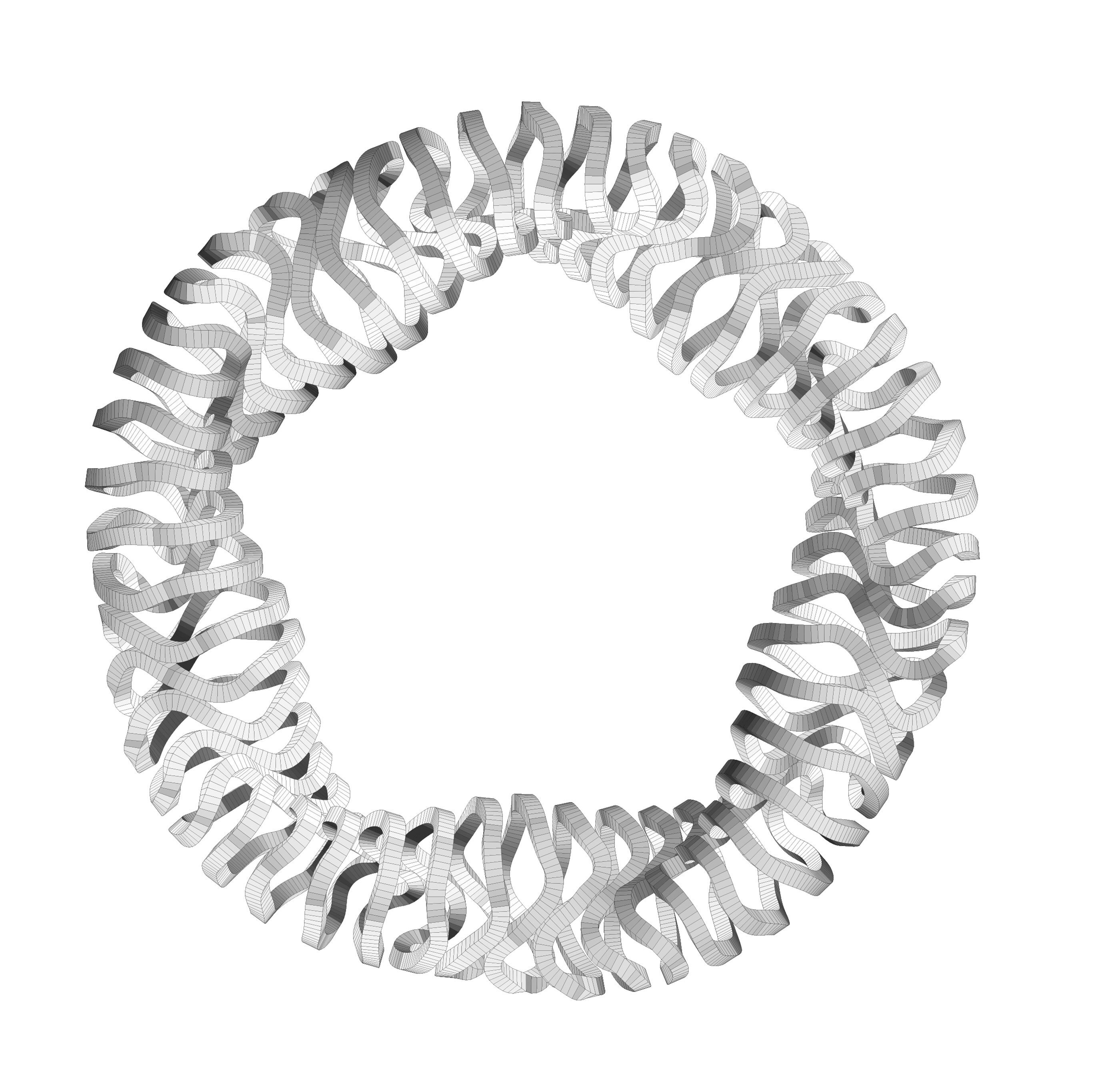#Researchers find horserace-style coverage harms Senate candidates’ electoral success on either side

“#Researchers find horserace-style coverage harms Senate candidates’ electoral success on either side”
The new study, published in the Journal Political Communication, focuses on how media coverage affected Senate campaigns over five election cycles between 2008 and 2016. It comes as the high-stakes runoff election in Georgia tips the balance of power in the U.S. for the next four years.
Researchers looked at print media coverage of Senate candidates and its relationship with candidates’ electoral success, focusing on the type of framing prevalent. Using the Lexis-Nexis archive, they looked at coverage in major U.S. newspapers, such as the New York Times and Chicago Tribune, as well as smaller, local outlets. The study’s lead author, assistant professor of communication Dror Walter, said the research included several important and timely findings.
“News coverage heavier on strategy-oriented framing, that is, focusing on the horse-race and personal characteristics at the expense of actual policy, is related to lower electoral success of the covered politician,” Walter said. “We also find that the prevalence of this type of coverage is influenced by the competitiveness of the race, candidates’ past experience, and—for Democratic candidates only—the conservativeness of the state in which they run.”
Walter said one explanation for the findings is that horse-race style coverage or strategy-framing was found in prior studies to induce cynicism and alienation among voters, which could, in turn, reduce their intentions to vote for the candidate.
The study authors also said that while news organizations often try to provide similar coverage of all candidates, the volume and sentiment of coverage can differ greatly between candidates in the same race.
“While there were cases where both candidates were covered with a more strategic frame, there were many more races in which candidates were covered to a very different extent from the strategic point of view,” Walter said. “The benefit of our method is that we assign an estimation of strategy and issue-oriented coverage for each candidate. So, both candidates can have a majority of strategy-oriented coverage, but to a different extent.”
Working with Dr. Yotam Ophir at the University at Buffalo, the research team used machine learning and network analysis to examine the coverage of 312 U.S. Senate candidates in 156 races.
“We were able to show how novel computational methods allow researchers to empirically examine important social questions that were not long ago perceived impossible to study,” Ophir said. “This is the main goal of the collaboration we’ve established between our Georgia State and Buffalo labs.”
Using their computational method, the researchers were able to automatically code the news coverage and study a large number of cases.
“Senate elections, especially in some states, tend to gather a lot of news coverage, and analyzing such a large number of articles manually is very challenging,” Walter said. “In our case, we wanted to look at 156 Senate races and almost 200,000 articles. Our methodology for computational text analysis enabled us to analyze this very large corpus in a quick and efficient way and address a question that was not examined by past researchers on a large scale.”
The researchers say their methods and findings could lead to more research into how different types of media coverage and framing of political races can affect which side wins or loses.
“Senate races are extremely important to the balance of power in American politics, as is evident by these crucial runoff elections in Georgia,” Walter said. “The advantage of Senate races vs. presidential ones is the sheer number of cases, allowing us to draw actual empirical conclusions regarding the factors that shape them.”
Dror Walter et al. Strategy Framing in News Coverage and Electoral Success: An Analysis of Topic Model Networks Approach, Political Communication (2020). DOI: 10.1080/10584609.2020.1858379
Citation:
Researchers find horserace-style coverage harms Senate candidates’ electoral success on either side (2021, January 8)
retrieved 8 January 2021
from https://phys.org/news/2021-01-horserace-style-coverage-senate-candidates-electoral.html
This document is subject to copyright. Apart from any fair dealing for the purpose of private study or research, no
part may be reproduced without the written permission. The content is provided for information purposes only.
If you liked the article, do not forget to share it with your friends. Follow us on Google News too, click on the star and choose us from your favorites.
For forums sites go to Forum.BuradaBiliyorum.Com
If you want to read more Like this articles, you can visit our Science category.




